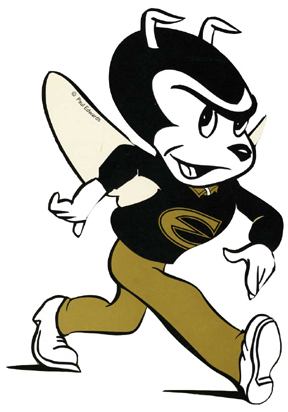- ESIRC Home
- →
- Theses
- →
- Theses 1981
- →
- View Item
JavaScript is disabled for your browser. Some features of this site may not work without it.
| dc.contributor.author | Spinder, M. Lucille. | |
| dc.date.accessioned | 2012-12-06T19:18:41Z | |
| dc.date.available | 2012-12-06T19:18:41Z | |
| dc.date.created | 1981 | en_US |
| dc.date.issued | 2012-12-06 | |
| dc.identifier.uri | http://hdl.handle.net/123456789/2227 | |
| dc.description | ii, 158, [15] leaves | en_US |
| dc.description.abstract | Chaucer does not often refer to costume in his poetry, but he occasionally does use it as a means of characterization, of advancing a plot, or of further describing the setting of a story. For the most part, critics have ignored these references because costume is considered to be a peripheral aspect of any artistic work. However, the costume and other social customs of late fourteenth-century England are implicit in Chaucer's fictions. If we ignore this social milieu, we may assume that the fourteenth century adhered to the social attitudes of the twentieth century. Unfortunately, even if the realm of social customs is narrowed to a study of the costume of Chaucerian women, a researcher can discover very little to contribute directly to Chaucerian scholarship at this time. We must know the fashions of Chaucer's world and the values attached to them before we can understand fully the meanings of the references which Chaucer makes to costume. But current fashion histories describe costume in very general terms, make little effort to place the garments in their social and moral climate, and seldom document the facts they do present. This inadequate scholarship is not caused by a lack of primary sources, but by a too shallow use of these sources. If we turn from external sources to an internal comparison of the costumes of Chaucer's ladies and his common women, we find that the physical appearance and moral righteousness of a lady are described, but her costume seldom is; the physical appearance and costume of a common woman are described, but her moral laxity is shown by her actions. The comparison of ladies and commoners has been made in an effort to discover if Criseyde's costume could contribute toward solving the problem of whether Chaucer intended her as a victim or an accomplice in her love tangles. The problem remains unsolved because the answers to questions such as the appropriateness of the dress that she wears when she makes her plea to Heeter (TC 1.106-126) cannot be answered until more thorough historical research of fourteenth-century costume has been completed. | en_US |
| dc.language.iso | en_US | en_US |
| dc.subject | Chaucer, Geoffrey, d. 1400-Characters. | en_US |
| dc.subject | Costume-England. | en_US |
| dc.subject | Costume-History-Medieval, 500-1500. | en_US |
| dc.title | Problems in determining Chaucer's use of costume. | en_US |
| dc.type | Thesis | en_US |
| dc.college | las | en_US |
| dc.advisor | James Hoy | en_US |
| dc.department | english, modern languages and literatures | en_US |


